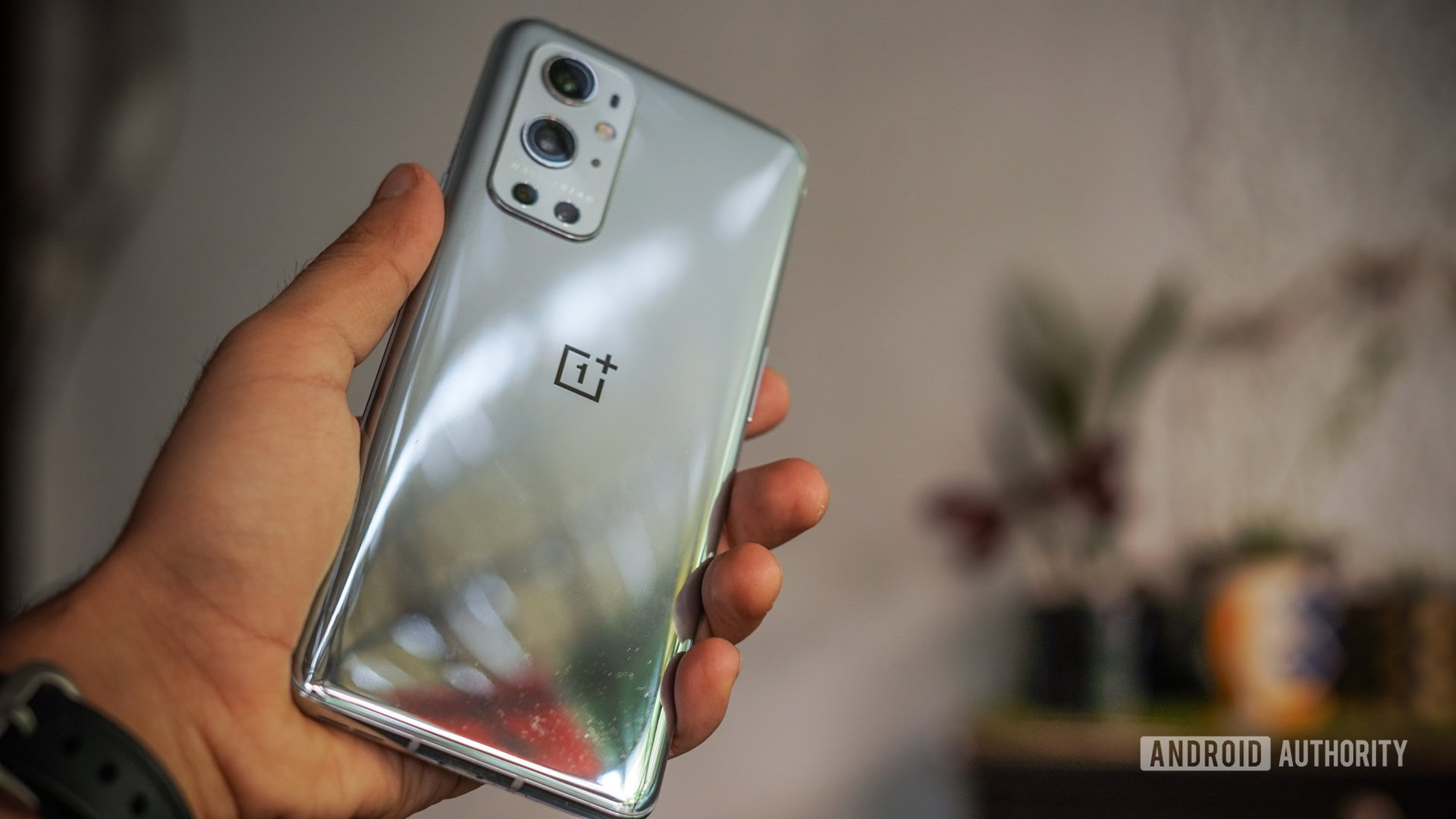
Dhruv Bhutani / Android Authority
TL;DR
- OnePlus has explained why the firm doesn’t want to talk about the OnePlus 9 Pro’s water resistance.
- Co-founder Pete Lau says lab testing conditions are very different from real-world situations.
- This isn’t the first time a brand decided to stop promoting water resistance on its phones.
OnePlus launched the OnePlus 9 Pro earlier this year and, much like its predecessor, the flagship offers water resistance thanks to an IP68 rating. The company isn’t exactly shouting about this feature on its website though (bar a mention in fine print), which is a departure from the OnePlus 8 Pro.
OnePlus co-founder Pete Lau gave an explanation on Weibo this week, saying it is “one of the few product advantages that we have done well but do not want to talk about.”
So why is this the case, then? Well, Lau reasons that the IP certification takes place under specific conditions that are different from those experienced by users.
“Considering that the actual use environment and conditions of users are very different, it is impossible to withstand the ‘test’ according to laboratory standards every time,” he notes, according to machine translation.
Lau also responded to a user who said they had immersed their phone in water several times without issue, telling the user this wasn’t recommended and they should take good care of their phone.
Time for updated IP testing?
The OnePlus executive isn’t wrong when he notes that lab testing conditions are very different from real-world situations. In fact, Sony’s water resistance support page back in 2015 gave more clarity on how IP testing was conducted. The page noted that the phone was placed “gently” in the testing container and “gently” taken out. It’s unclear whether this is still the case for current IP tests, but it goes without saying that many people aren’t gentle with their devices in the first place.
It does, however, suggest water resistance testing needs to be more rigorous to reflect real-world conditions and usage. After all, a non-tech-savvy consumer might simply view an IP rating in black and white (much like a phone either has wireless charging or it doesn’t) and be disappointed if their phone doesn’t work after being immersed.
OnePlus isn’t the only manufacturer to shy away from marketing their phones’ water resistance though. Sony emphasized water resistance in the early 2010s, with marketing images showing phones being used underwater. The firm would later distance itself from this marketing and remove these images to “better advocate sensible usage” of Xperia phones.
Nevertheless, Lau’s admission is pretty interesting in light of the company previously refusing to offer IP ratings on its phones. The company even dunked the OnePlus 7 in a bucket of water back in 2019, despite the phone lacking an IP rating. The firm’s reason for avoiding an IP rating at the time was that these ratings cost money that would be passed on to consumers. So it seems that OnePlus thinks the upside of having an IP rating outweighs any cost increases, even if IP testing doesn’t reflect real-world usage.
